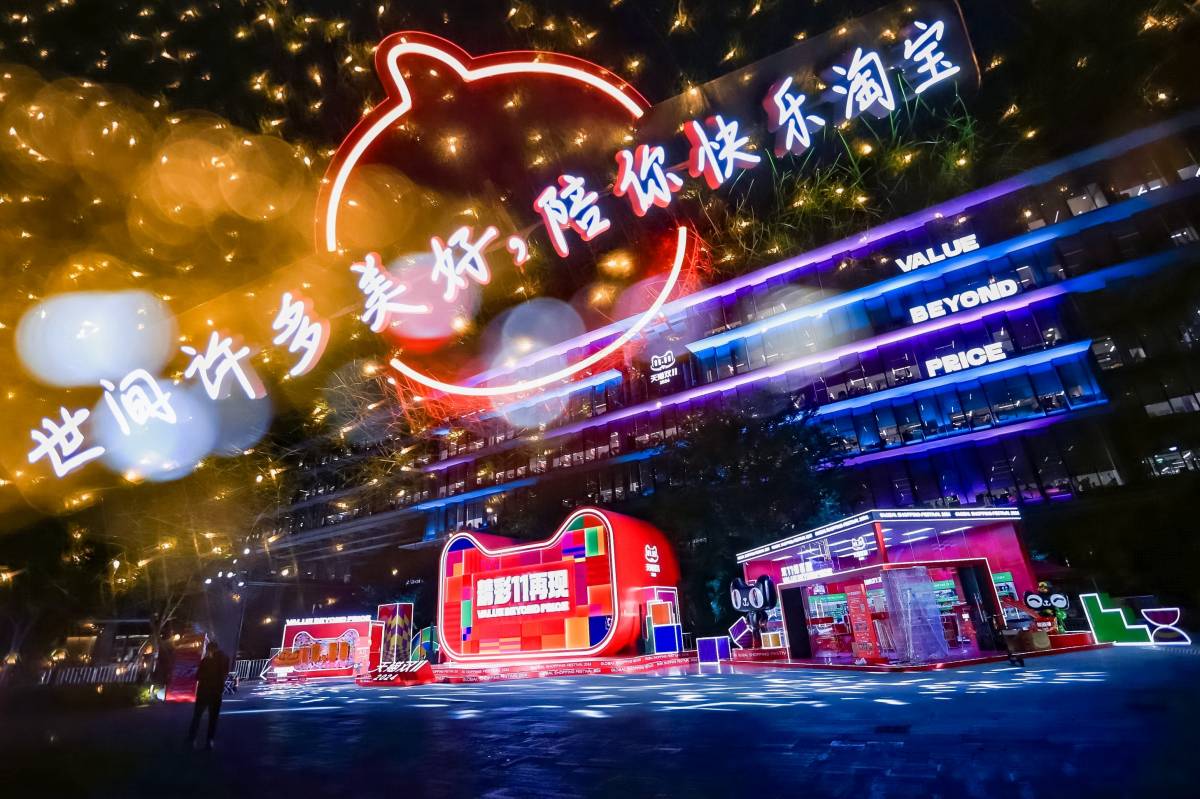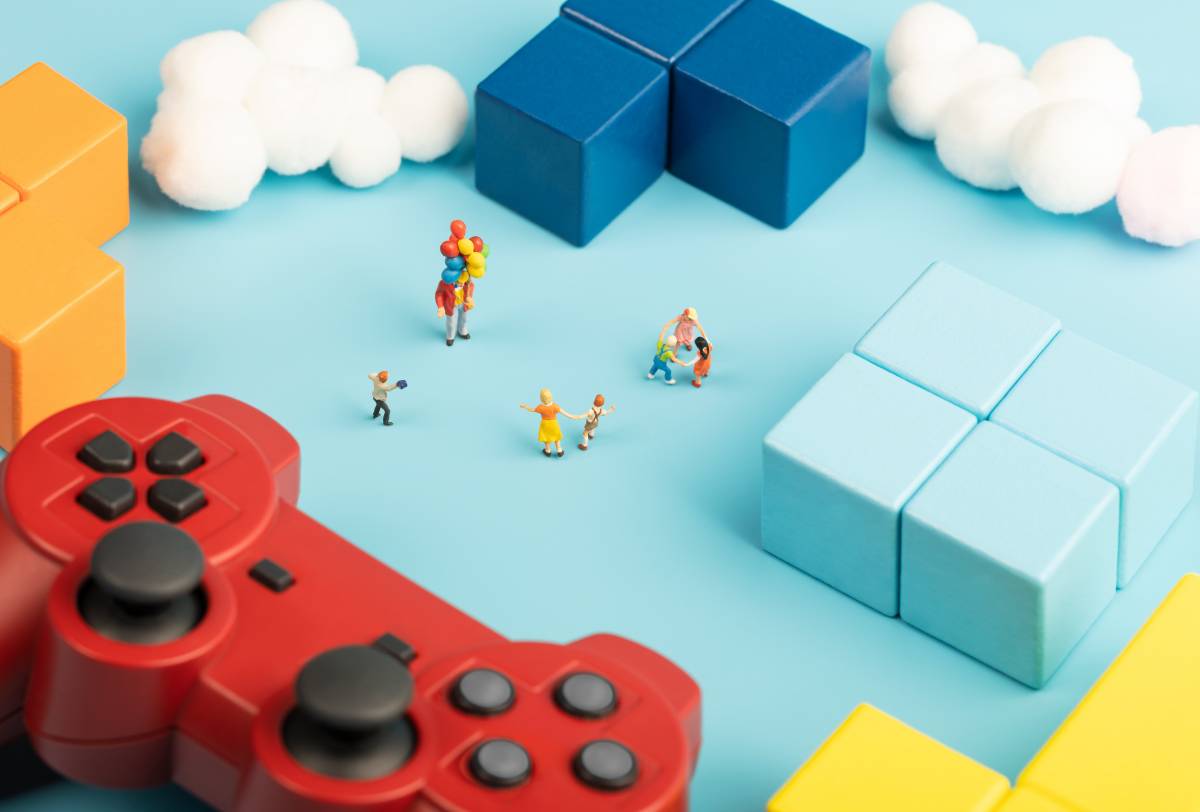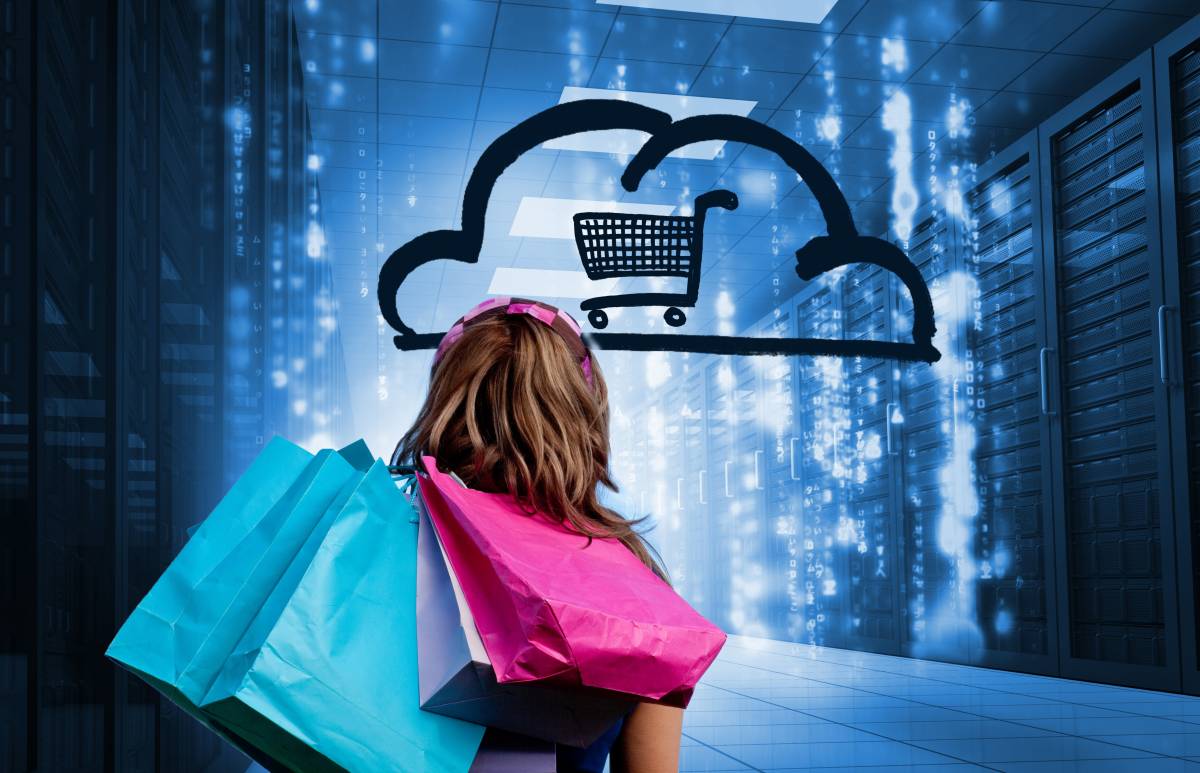
Photo credit: Alibaba Group/Elizabeth Utley
The coronavirus pandemic, climate change and evolving gender politics are among the powerful forces refashioning consumer behavior. Retailers are racing to keep up.
The industry will need to adapt to changing norms quickly, or swathes of businesses will face irrelevancy as past purchases no longer imply brand loyalty.
Market research provider, Euromonitor International, has identified ten consumer tribes that erupted onto the scene during the pandemic and is advising retailers on how to seize the opportunities and avoid the pitfalls created by social upheaval.
Over the coming days, we will profile other consumer tribes and examine how merchants, from multinationals to startups in niche categories, adapt to meet their needs.
In our 10-part series, we have looked at how the silver surfers and the metaverse impact retailers. Today we’ll explore what growing wellness awareness means for retailers in 2022:
No. 3: PURSUIT OF PRE-LOVED
Thrifting is trending, secondhand is in style, and a growing number of consumers are rummaging through rails in consignment shops instead of grabbing a new polyester dress from a fast-fashion outlet.
Within the apparel market and beyond, one-fifth of consumers will consider increasing purchases of secondhand items in the future and re-commerce will become an integral part of peoples’ lives, according to Euromonitor.
Already, a third of consumers buy used or secondhand items at least once every few months, Euromonitor reported.
Business models are also moving online and diversifying. Marquee names in the fashion world have launched buy-back programs, digital start-ups have unveiled reusable packaging initiatives, refurbished product offerings and peer-to-peer marketplaces are flourishing.
“We are in the early stages of a radical transformation in retail,” said James Reinhart, co-founder and CEO of online thrift store thredUP. “Consumers are prioritizing sustainability, retailers are starting to embrace resale, and policymakers are getting on board with the circular economy.”
The global secondhand market will double in the coming five years to hit $77 billion, a 2021 study by thredUP predicts. Investing in circular economy initiatives, such as recycling, rental or resale programs, will add value while positively impacting the environment.
Luxury resale recently entered the lexicon of many shoppers in China. More than 3 million consumers browsed products from overseas luxury resale chains during last year’s 11.11 Global Shopping Festival, most of whom were middle-class women and Generation Z shoppers.
Since 2017, users of Idle Fish, Alibaba’s upcycling platform, have bought and sold 3.7 million mobile phones, 50,000 tons of used clothing and 23.7 million pre-owned books.
Retailers in the space will need to be particularly mindful of shoppers in the second category, as young consumers drive growth in the secondhand shopping space.
Roughly 60% of Idle Fish’s estimated 300 million users were born in the 1990s. Globally, 42% of Gen Z and Millennial shoppers bought secondhand goods in 2020, according to thredUp.
As this cohort comes of age, re-commerce will become increasingly prevalent and cover categories from bags and shoes to more durable goods.
The next instalment in this series will explore why sales of fur babies are taking off during the pandemic




